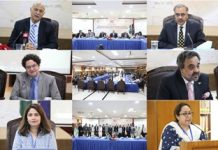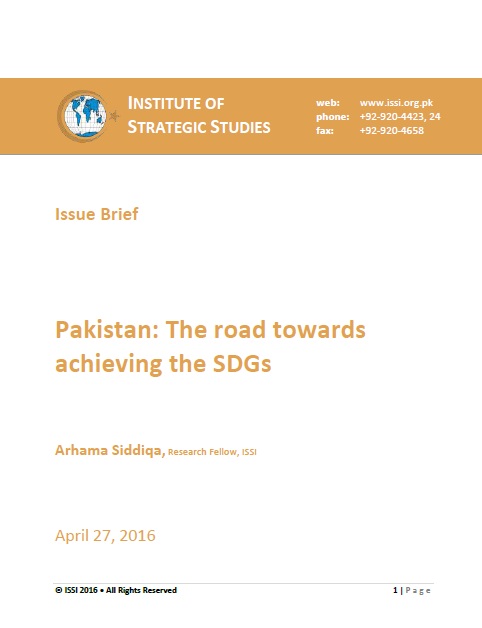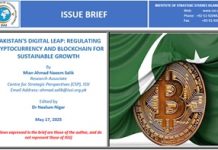Seventeen goals. One Hundred and sixty nine indicators. A population of over seven billion people. One deadline. That in summary are the Sustainable Development Goals (SDGs). Also known as the Global Goals, this idea was conceived in September 2015, as a successor to the Millennium Development Goals (MDGs)- eight anti-poverty targets that the world committed to achieve by 2015. The MDGs drove progress in several important areas: income poverty, access to improved sources of water, primary school enrolment and child mortality, and showed the value of a unifying agenda underpinned by goals and targets. Despite this success, poverty has not been eliminated. The mission remains incomplete and millions of people are still suffering from abject poverty. The new Global Goals, and the broader sustainability agenda, go much further than the MDGs, addressing the root causes of poverty and the universal need for development that works for all people. The year 2030 has been set as the target date.
The SDGs cover a broad range of sustainable development issues, including ending poverty and hunger, improving health and education, making cities more sustainable, combating climate change, and protecting oceans and forests. They are a step forward. If development is to be inclusive and just, and the resolve of the international community is to leave no one behind by 2030, it must be rooted strongly in human rights. Seven SDG targets explicitly refer to persons with disabilities; an additional six targets refer to people in vulnerable situations, while seven targets are universal and two refer to non-discrimination. Inequality is not just measured in terms of growth but in terms of making sure the most excluded people can exercise their human rights. The SDGs cover this completely.















